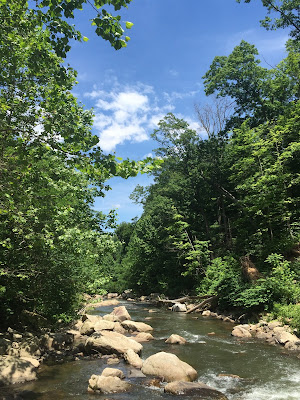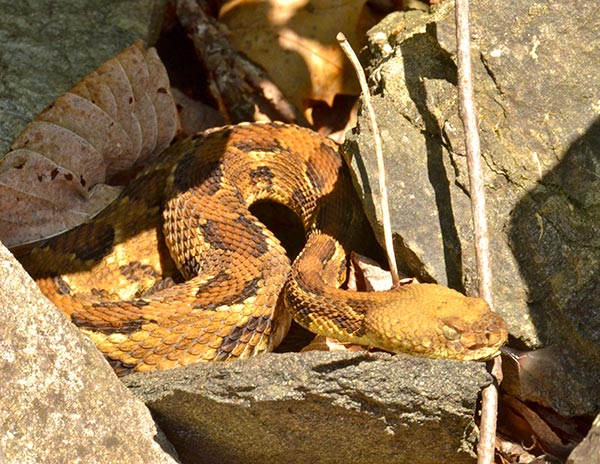The village of Fairhope is magically hidden within an Appalachian mountain range located in southern central Pennsylvania. Relatively untouched by human development the township is currently home to 87 voting individuals. Surrounded by rocky cliffs that once marked the coast of the Atlantic ocean, 350 million years ago, it is not uncommon to find a wide variety of wildlife. Many have labeled parts of this area as "rattlesnake alley" due to sightings of the endangered timber mountain rattlesnake. Needless to say, t's best to learn to love snakes if you live here!
Here are some photos of this lost paradise!
Here are some photos of this lost paradise!
As with all things hidden, Fairhope remains relatively untouched by human indifference. If you visit we hope you will consider the health of our forests, streams and wildlife. Leave behind only your most positive thoughts and hopes for humanity!
It is easy to see that the terrain in Fairhope is rocky! This is the result of millions of years of erosion of the Mauch Chunk (Native American for bear mountain) formation. There are many formations that exist under the Mauch Chunk with the Pottsville formation most often located above it. Because sea levels fluctuated over time, millions of years ago, it is common to see some limestone deposits. The dominant color of the Mauch Chunk is red, because much of the ocean's sediment was deposited above sea level in oxidizing conditions.
Some say that Fairhope was given its name because when the Baltimore and Ohio railroad was built through the village in 1891 that their might be a fair hope that it would not be abandoned. Most likely the railroad was built through the village to give provide transport of red fire brick that was being mined at the North Savage Firebrick Works which was located just outside of Fairhope. Today the chimney from the brick company remains standing beside the rail road track along with other remants from a time long ago.
For the brave adventurer (remember the part about the rattle snakes?) you can hike out to the old stack and collect a brick or two that has "Maxwell" or "North Savage" manually imprinted on it. The hike is at least one mile long from the village, or from snake camp, before crossing into Bedford. To be safe, hike when the snakes are in hibernation, between November and March.
The reward is a hand made brick that is a relic that is over one hundred years old. But lest you forget, remember the timber rattlesnake is thought to be the most poisonous snake in Pennsylvania. If you see one don't antagonize it...instead slowly back away. This snake is considered endangered and needs to be protected. Remember, you are just visiting. They live here. Let's keep it that way.
Again, don't forget about the timber rattlesnakes. They live by rocks, so being near bricks is just like being at home for them. More on rattlesnakes at this link. Remember that the Advocates for Snake Preservation remind us that snakes have a negative image in the media, yet they are not out to get us! They can sense your size (you are much larger than the small mammals that they eat) and usually do not attack people unless startled or provoked. And, yes, there were snakes in paradise too.






